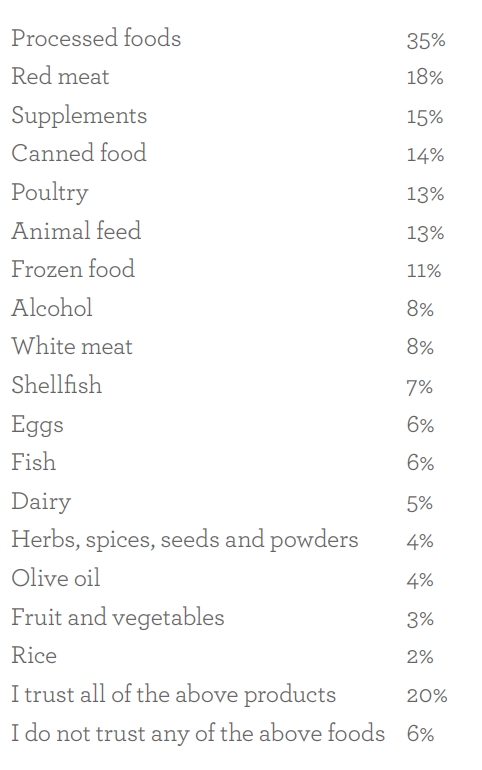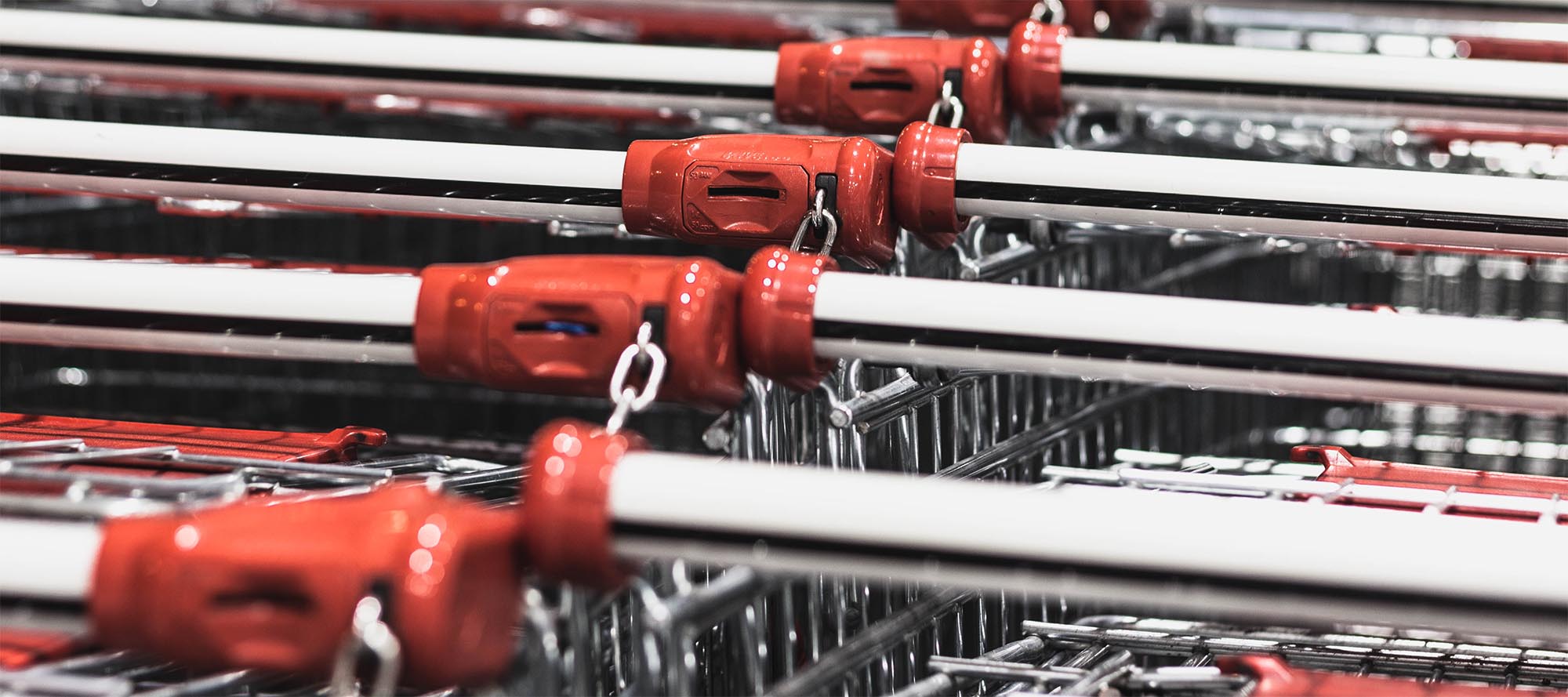Nearly three-quarters of consumers think there is an issue with food fraud in the UK, while more than a quarter say they have experienced it first-hand.
That is the finding of an NFU Mutual survey on food fraud, which estimates that the activity could be costing the food industry a massive £12bn ($15.6bn) a year, so it warrants “substantial attention.”
One third of the 2,000 respondents said that they are less trusting of products and retailers than they were five years ago, compared with only 9% whose trust levels have increased.
“High profile cases of fraudulent food in the media, such as the horse meat scandal in 2013 are the most common cause of reduced confidence in nearly half of consumers (46 per cent),” says the report.

Processed foods were considered the most at risk of fraud, followed by red meat, dietary supplements, canned food and poultry (see table alongside). Interestingly, some foods considered to be highly prone to adulteration, mislabelling etc – such as olive oil, herbs/spices and dairy – appeared much lower down the scale.
Other findings are that young people tended to have less faith in food security than older people, and there is a belief that a short, local food supply chain is more trustworthy with confidence diminishing in line with the distance of the producer from the UK.
38 per cent were confident of the British supply chain, but that fell to 12 per cent elsewhere in Europe and 7 per cent for the global supply chain.
“Consumers are very savvy about food fraud to the point that many feel able to detect it,” says the report.
“They do however have an inflated sense of the scale of the issue compared with how many have experienced it,” it continues. “Businesses are encouraged to get an understanding of how their own company is perceived in order to gauge how its customers feel, find out what more work could be done to boost confidence and to act upon it.”
Amongst other tips for food companies, NFU recommends developing awareness and prevention programmes for employees, checking suppliers’ supply chain vulnerability assessments, and regularly testing supplier and final products.


Recent Comments